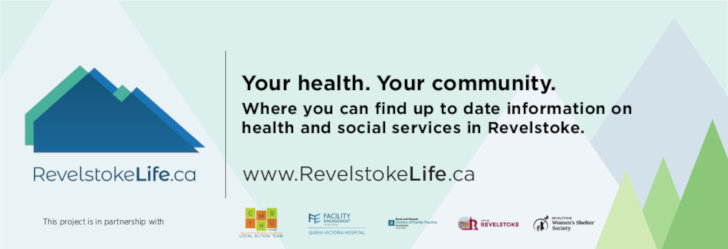Avalanche control through Rogers Pass is a big task – the pass is 1,330 metres above sea level and has an average annual snow accumulation of 12 metres. There are over 130 avalanche paths that cross the Trans Canada Highway. In North America, Rogers Pass has the highest avalanche rating of any major road.
“Every winter for more than 50 years, soldiers from the Canadian Armed Forces from 3rd Canadian Division/3e Division du Canada have supported the Joint Task Force (Pacific) and Parks Canada in keeping the vital Trans-Canada Highway open through Rogers Pass,” reads the Canadian Maritime Forces Pacific Facebook page. “Members of Canadian Forces Base Shilo-based 1 RCHA augmented by the Army Reserve Artillery units will work with Parks Canada experts to ensure unimpeded traffic flow and keep Canadians safe.”
“Modified C3 Howitzers are now making their way west from Manitoba to Rogers Pass, BC for Operation PALACI.”
What is Operation PALACI?
The Government of Canada website explains the function and history of Operation PALACI.
“Operation PALACI is Canadian Armed Forces (CAF) support for the Parks Canada program to control avalanches in Rogers Pass, British Columbia. Rogers Pass is where the Trans-Canada Highway and the Canadian Pacific Railway cross the Selkirk Mountains. The goal of the mission is to stop avalanches from occurring naturally. If avalanches take place in Rogers Pass, they can block essential roads and railways between British Columbia and the rest of Canada,” the site explains.
Because Rogers Pass is on bother federal land and is in Glacier National Park, Operation PALACI is run under an agreement between the Department of National Defence (DND) and Parks Canada.
The site notes that two groups of 15-20 artillery members, of which each group works approximately half the season, on Operation PALACI. Having just been deployed, the artillery members will work until April.
“Parks Canada scientists monitor and evaluate the snow conditions in Rogers Pass. They predict when and where avalanches are most likely to occur. When they identify a potential avalanche, they give the location to the artillery task force,” the site explains. “Gun crews fire from 17 positions along the Trans-Canada Highway. They use 105-mm howitzer field guns. These are modified for precision firing from roadside platforms. The gunners direct their fire on registered targets. The distances range from three to five kilometres. They use explosive shells to trigger safe, controlled avalanches. This prevents snow build-up that would produce dangerous, uncontrolled avalanches.”
Both the highway and railway are closed prior to each avalanche control session. When snow removal post avalanche has been concluded, the roads and rails reopen.
Keeping the roads open and safe is a high priority, as the Government of Canada estimates daily motor vehicle volume can exceed 4,000 units, in addition to the dozens of trains that move through the pass.
The traffic in Rogers Pass in winter can reach 4,000 motor vehicles and 40 trains per day. There is a high value placed on keeping these road and rail links open all year.
“The commercial traffic between coastal British Columbia and the rest of Canada has been calculated in the billions of dollars.”
Rogers Pass Winter Permit Pass
Due to the use of artillery avalanche control, back country users in Rogers Pass are required to participate in the Winter Permit System. Every slope facing the highway/railway can be closed for avalanche control. The Winter Permit System divides the park into the following.
Unrestricted Areas (open – users need a national park pass.) Winter Restricted Areas (opened or closed daily dependant on avalanche control – national park pass and winter permit required.) Winter Prohibited Areas (closed to visitors all winter and illegal to enter.)
Daily winter permits can be obtained at the Rogers Pass Discovery Centre. Annual Winter Permits require the completion of an online test, signing of waivers, terms and conditions, and picking up the pass at the Discovery Centre. For more information, head here.



Facebook Comments